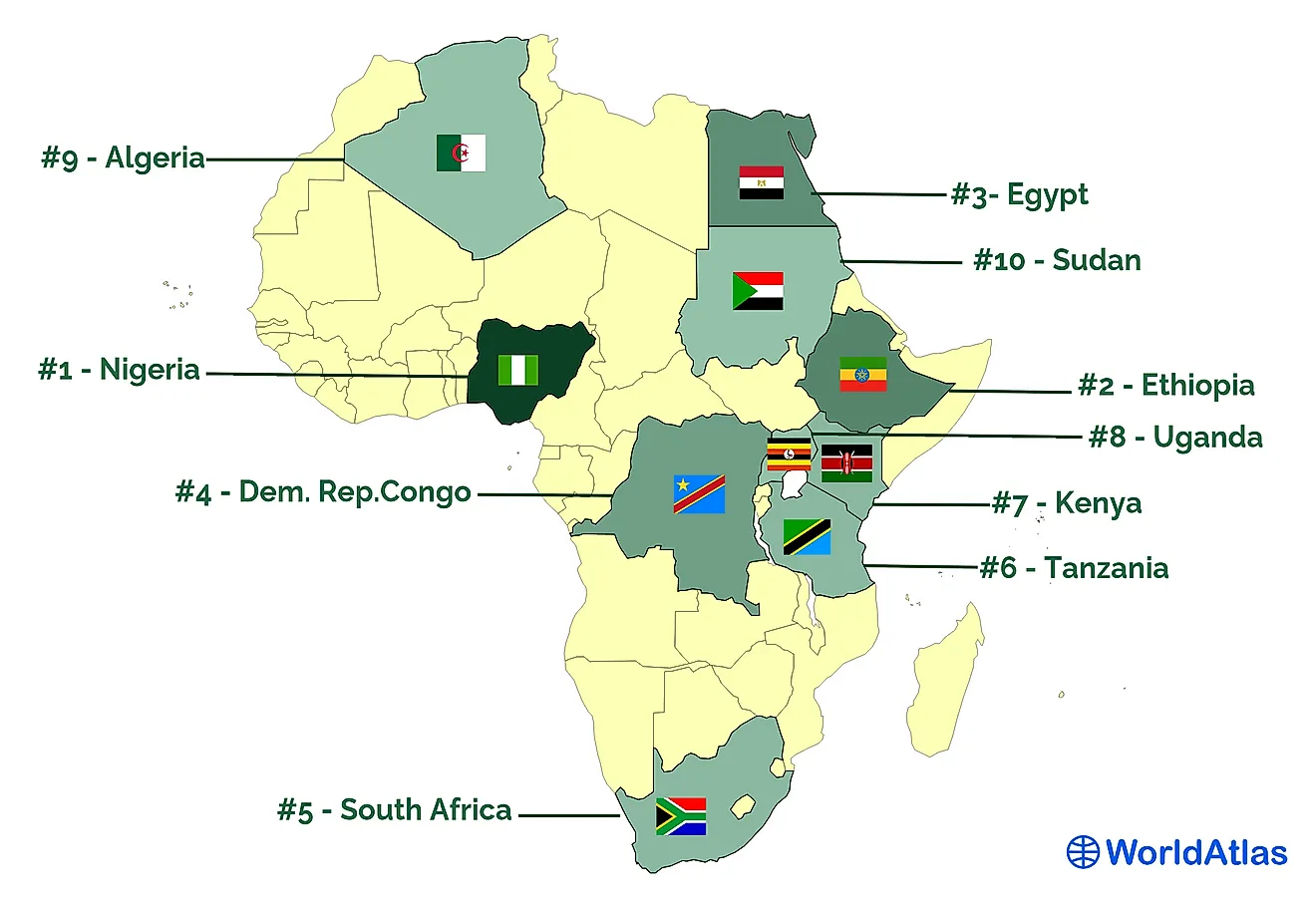

Just take a look at the future plans for these airlines as of now, according to Cirium data. This isn’t a short term thing, and that is what’s most telling. China Eastern has 1 daily flight from JFK to Shanghai, and that’s it… oh, except for those occasional flights on US carriers via Incheon to Shanghai. China Southern has only 2 flights all month to LA from Guangzhou while Xiamen has only 2 weekly to LA from Xiamen. Map of US – China/Hong Kong service, February 2022 via CiriumĬathay Pacific remains a shell of its former self with 3 daily flights to both LA and San Francisco. It’s just a bad environment for any airline.Ĭonsequently, the route map between the US and China during February 2022 is completely unrecognizable. Whether a flight will go on any given day is simply unclear. With the Olympics coming shortly, the Chinese have stepped up enforcement and have canceled a slew of flights on US airlines. Cathay is just reeling under the burden.Īs if changing rules aren’t challenging enough, the Chinese and Hong Kong governments have also built in uncertainty with rules that require airlines to cancel a certain number of flights if they bring someone into the country who tests positive. Even worse, Hong Kong recently again banned transit passengers.

It has lost crews and had to cancel significant service. That has been disastrous for Cathay Pacific which continues to try to find a way to run its operation, but it really can’t. Hong Kong has been just as messy, implementing the same types of rules. It happened so quickly that Delta had to turn an airplane around midflight to avoid running into the rules. But even that has insulated the airlines from China’s game of whack-a-mole with the virus.Ĭase-in-point… China implemented a recent change to cleaning protocols that according to Delta would have required an unworkable amount of extended ground time for the aircraft. There, they can have a crew fly a roundtrip into Shanghai and never have to stay in the country. American, Delta, and United now only service Shanghai with less-than-daily service that goes via Incheon. Strict quarantine rules caused all US airlines to stop nonstop service into China to avoid having crews lay over. Strict rules are problematic, but what’s even worse is the constant pace of change in what is and is not allowed. The US, of course, banned all Chinese citizens from coming to the US early in the pandemic, something that wasn’t lifted until last November when the global testing requirement went into place. Flights remain severely restricted in number to this day, and they are capacity-limited as well. Early on, the Chinese stopped all flights from coming in, but they eventually loosened up a bit. It does not hesitate to shut down cities at the drop of a hat to try to keep COVID at bay.īecause of that, there have been severely strict protocols in place that have impacted flights. We all know that COVID started in China, and we also all probably know that China has had one of the most draconian responses to the disease. But I digress.)Īirlines like Hainan were fueled by companies looking for a place to put money, and they were already teetering before COVID… but then COVID arrived. (Yes, the Chinese airlines receive significant subsidies, which always made the case against Middle East carriers feel flimsier. It’s shocking that some of these cities had flights to the US, but money was easy and local governments were happy to fund a flight for pride-related reasons. This is really just an illustration of the incredible amount of service that existed in 2019. I put a different color for each airline, but you’ll never be able to tell them apart, so I didn’t even bother with a legend. Map of US – China/Hong Kong service, February 2019 via Cirium Seats and Routes Between the US and China/Hong Kong – February 2019 With that out of the way, let’s dive right into 2019 using February as a sample month. I also included flying from all 50 US states, but I excluded Guam and Saipan since that’s a completely different market anyway. Yes, it’s a different bilateral agreement that covers air service between the US and Hong Kong compared to China, but it remains one of the cities with the steepest drop in service during the pandemic. First, I want to note that I’m including Hong Kong in here, because as the pro-Chinese government continues to sink its tentacles into Hong Kong, the former British colony behaves more and more like mainland China every day. The country’s COVID policy and political tensions with the US have combined to keep a long-term stranglehold on the market, and it’s one with no end in sight.

Back in 2019, China was a big and growing market for air travel to and from the US.


 0 kommentar(er)
0 kommentar(er)
